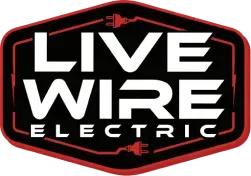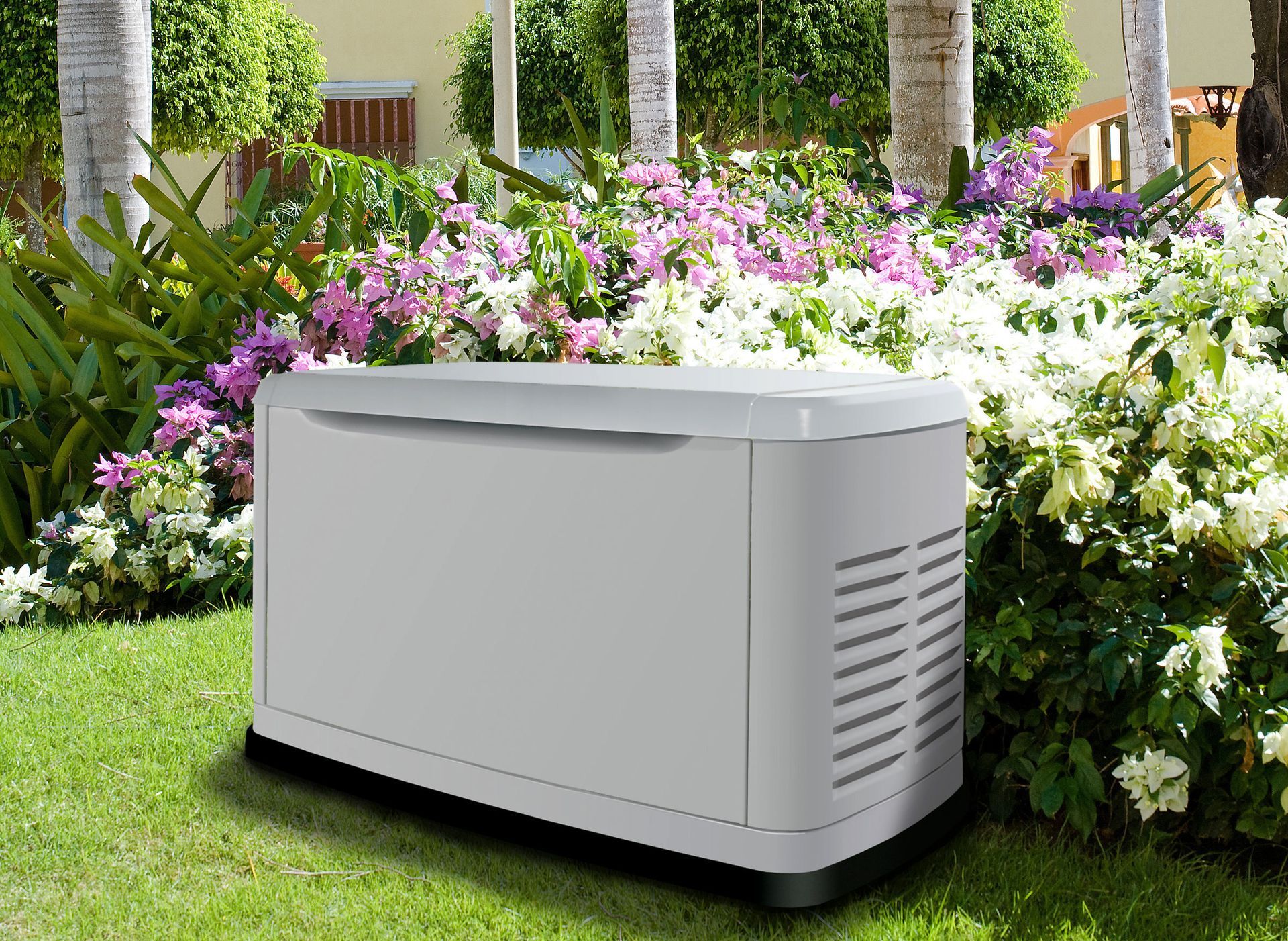July 18, 2025
Generators are an essential asset for any home or business, ensuring you have backup power during outages and unexpected interruptions. However, many homeowners and business owners dive into generator installation without fully understanding the important factors that affect performance, safety, and longevity. This guide covers six key things professionals want you to know about generator installation. With these insights, you can make smarter decisions, avoid costly mistakes, and enjoy reliable power when you need it most.
1. Understand How to Size Your Generator Properly
One of the most important steps in generator installation is choosing the right size. Too often, people underestimate their power needs, which leads to insufficient backup power or unnecessary expenses. Sizing your generator involves evaluating the electrical load you need to support during an outage.
Start by listing all the appliances and systems you want to keep running. This includes essentials like refrigerators, HVAC systems, sump pumps, and lighting. Each device has a running wattage and sometimes a higher starting wattage. Adding these gives you a baseline to select your generator size.
According to HomeGuide, powering an entire house up to 3,000 square feet usually requires a 13 to 20 kW generator. If you choose a generator that’s too small, it may overwork, overheat, and fail to power all your appliances. Conversely, oversizing your generator means higher upfront costs and wasted fuel. Professionals often recommend sizing slightly above your current needs to allow for future growth, ensuring you won’t need to upgrade soon after installation.
2. Choose the Best Type of Generator for Your Needs
Generator installation involves deciding between two main types: portable and standby. Portable generators are less expensive and can be moved around as needed, but they usually provide limited power and require manual setup. Standby generators are permanently installed, connected directly to your home’s electrical system, and automatically turn on during an outage.
Standby generators are the preferred choice for larger homes or businesses with higher power demands. They provide peace of mind with seamless operation and higher reliability, though they come with a higher installation cost. Consider your budget, convenience, and power requirements before making this choice. A professional can help you evaluate which type fits your situation best.
Another important factor to consider is the level of automation and convenience each type offers. Standby generators are designed to detect power outages automatically and switch on within seconds, requiring no manual intervention. This seamless transition keeps your home or business running smoothly without interruption. In contrast, portable generators need to be manually started and connected, which can be inconvenient during emergencies or for those unfamiliar with the setup process. For those who want a hands-off solution with reliable, automatic backup power, standby generators are often the best option despite the higher upfront investment.
3. Pick the Right Location with Safety and Efficiency in Mind
Where you place your generator during installation matters a lot because the location directly affects not only the safety of your household or business but also the efficiency and longevity of the generator itself. Proper site selection ensures that exhaust gases like carbon monoxide are safely dispersed away from living areas, preventing potential health hazards. It also allows the generator to operate under optimal conditions, avoiding overheating caused by poor airflow or cramped spaces.
Additionally, a well-chosen location makes routine maintenance and emergency repairs easier and less costly, as technicians need sufficient space to access and service the unit comfortably. Poor placement can lead to noise complaints, code violations, and even damage to the generator from environmental factors such as flooding or debris. Therefore, taking the time to carefully evaluate and select the installation site is a crucial step that impacts every aspect of your generator’s performance and safety.
Ventilation is crucial since generators emit exhaust gases, including dangerous carbon monoxide. Always place the generator outdoors where air can flow freely to disperse these gases safely. Maintaining good ventilation also helps the generator avoid overheating.
Accessibility is another important consideration. Ensure there’s enough space around the unit for technicians to perform maintenance or emergency repairs without hassle. Cramped installations can lead to delayed servicing and higher costs.
Safety standards generally recommend placing generators at least five to ten feet away from windows, doors, and vents to prevent exhaust from entering your home. Be sure to check local zoning laws and building codes related to generator placement to avoid fines or forced relocations.
Finally, consider environmental factors such as flood zones or areas prone to heavy snow, which could damage your generator or limit access.
4. Understand the Installation Process and Permitting Requirements
Generator installation is not a simple DIY task; it involves multiple technical steps best handled by licensed professionals.
The installation process typically begins with preparing the site, ensuring proper footing and space. Next, electricians install wiring and transfer switches that connect the generator safely to your home’s electrical panel. Fuel lines for natural gas or propane generators are also set up according to strict safety guidelines.
Permits and inspections are mandatory in most areas. These legal requirements ensure your generator meets safety and building code standards. Failing to secure permits can result in penalties and may force you to redo or remove the installation.
Utility company coordination is also essential, especially for standby generators. They may need to temporarily shut off power or provide guidance on connecting your system to the grid safely.
Being aware of these installation details prepares you for a smooth process and reduces the risk of costly delays or errors.
5. Evaluate Fuel Options and Their Long-Term Implications
Your generator’s fuel type affects performance, operating costs, and environmental impact. Common options include natural gas, propane, diesel, and gasoline.
Natural gas and propane are cleaner-burning fuels favored for residential use due to lower emissions. They are often piped directly into homes, eliminating the need for fuel storage tanks. Diesel generators are known for durability and power efficiency, popular in commercial or industrial settings, but they emit higher pollutants.
Consider fuel availability in your area and your willingness to manage storage. Fuels like gasoline and diesel require safe onsite storage and periodic replenishment, which may be inconvenient for some.
Efficiency is also key. Propane and natural gas generators tend to be more cost-effective over time because of cleaner combustion and lower fuel costs.
If environmental sustainability is a priority, lean towards fuels with lower emissions. Some newer models even offer dual-fuel capabilities, giving you flexibility.
6. Maintain Your Generator to Extend Its Lifespan
Once your generator is installed, maintenance becomes the key to dependable operation during power outages. Regular servicing helps catch small issues before they become major problems.
Basic maintenance includes changing oil, cleaning or replacing air filters, checking spark plugs, and testing batteries. Running monthly operational tests is recommended to verify that the generator starts smoothly and runs properly.
Wear and tear are inevitable, so learning to spot signs like strange noises, power fluctuations, or slow starts can help you address issues early.
Scheduling professional inspections is highly advisable. Technicians use specialized tools to perform thorough diagnostics, recommend repairs, and keep your generator in peak condition.
Creating and sticking to a maintenance schedule based on manufacturer guidelines and local conditions ensures your investment serves you well for years.
Generator installation involves much more than simply buying a unit and plugging it in. Proper sizing, choosing the right type, safe and code-compliant placement, understanding the installation process, selecting suitable fuel, and committing to maintenance are all critical for lasting, reliable backup power.
By considering these six professional insights, you will avoid common pitfalls and enjoy peace of mind during outages. Whether you need help evaluating your power needs or expert installation and maintenance, Live Wire Electric is ready to assist. Contact Live Wire Electric today to schedule a consultation and ensure your generator installation is done safely and correctly for years of worry-free power.


